(NLDO) - In the place that seems to be the darkest and deadliest in the Solar System, NASA Voyager 2 has made a shocking discovery.
A research team led by scientist Tom Nordheim, from the Johns Hopkins Applied Physics Laboratory (APL - USA) has excavated nearly 40-year-old data from one of NASA's farthest-traveled spacecraft in history.
It was Voyager 2, which had exited the heliosphere a few years earlier. But in 1986, it was orbiting a small, seemingly deadly moon called Miranda.
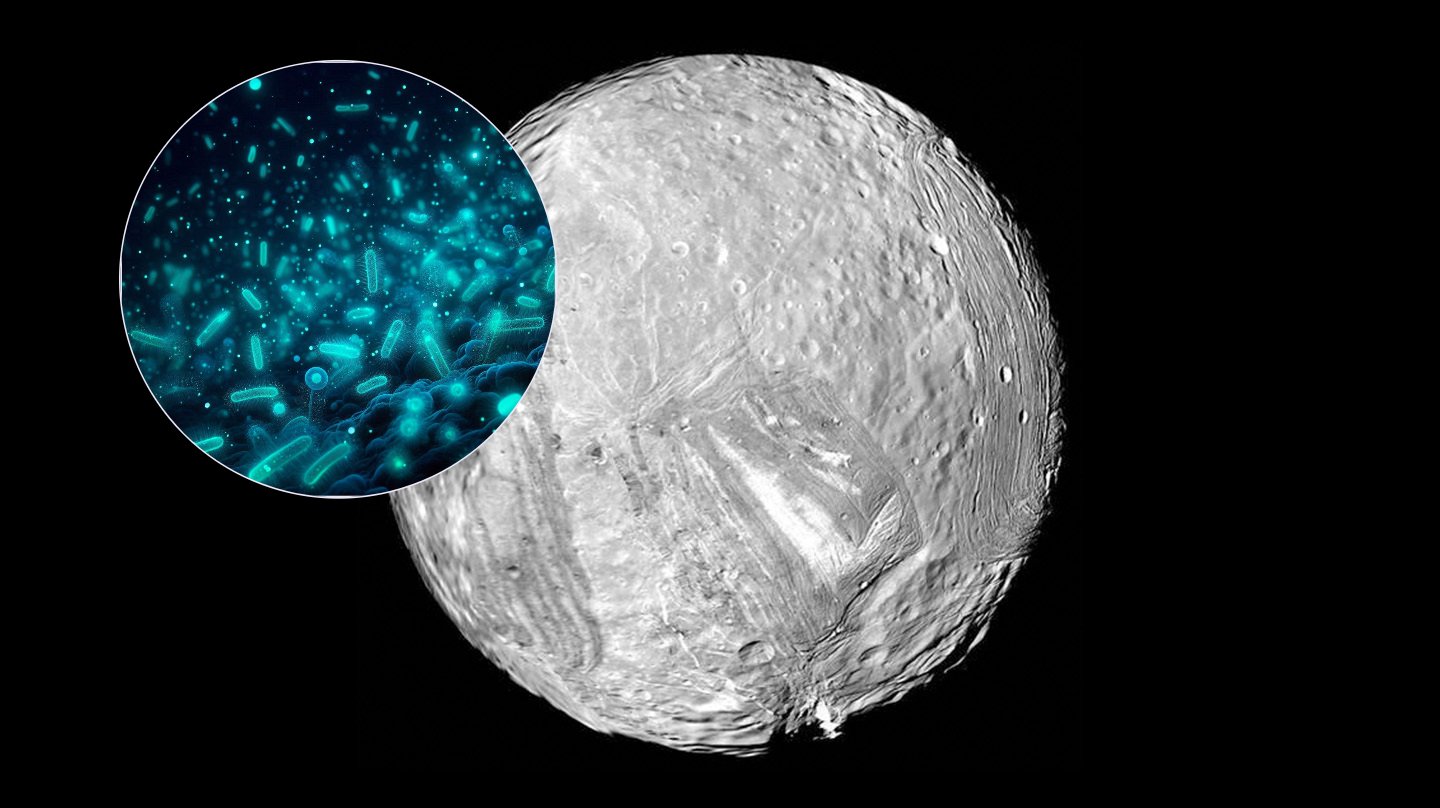
NASA spacecraft data shows that Miranda may harbor an underground ocean with life - Photo: NASA; AI photo: Anh Thu
Miranda is the smallest and innermost of Uranus's moons, named after the character Miranda in William Shakespeare's play "The Tempest".
This moon is one of the smallest objects in the Solar System that is spherical due to its own gravity, with a radius of only 235 km and a complex surface.
Miranda has long been known, but was long thought to be a barren rock like most celestial bodies in the dark regions of space, far from the Sun.
But now, as the team mapped Miranda's various surface features and developed a computer model to simulate its internal structures, they found evidence of something shocking: an underground ocean.
This ocean has a depth of up to 100 km, is covered in a crust of rock and ice up to 30 km thick and existed about 100-500 million years ago.
They estimate that this entire ocean takes up nearly half of Miranda's volume.
"Finding evidence of an ocean inside an object as small as Miranda is incredibly surprising," Nordheim told Space.com.
The study also suggests that in the past, tidal gravity between Miranda and other nearby moons played an important role in keeping Miranda's interior warm enough to sustain a liquid ocean.
More specifically, Miranda's gravitational stretching and compression, amplified by orbital resonances with other moons, may have generated enough frictional energy.
However, Miranda eventually lost sync with one of Uranus' other moons, disabling its internal warming mechanisms.
But researchers don't think Miranda froze completely, because if that happened, it would have expanded and large cracks would have appeared on the surface.
According to Newsweek , when there is water, there is a chance for life. Therefore, scientists believe that Miranda could be the target of future missions to search for alien life.
Source: https://nld.com.vn/tau-nasa-tim-ra-the-gioi-moi-co-the-chua-nuoc-va-su-song-196241103085436015.htm



![[Photo] Ceremony to welcome General Secretary and President of China Xi Jinping on State visit to Vietnam](https://vstatic.vietnam.vn/vietnam/resource/IMAGE/2025/4/14/5318f8c5aa8540d28a5a65b0a1f70959)
![[Photo] General Secretary To Lam holds talks with General Secretary and President of China Xi Jinping](https://vstatic.vietnam.vn/vietnam/resource/IMAGE/2025/4/14/b3d07714dc6b4831833b48e0385d75c1)
![[Photo] National Assembly Chairman Tran Thanh Man meets with General Secretary and President of China Xi Jinping](https://vstatic.vietnam.vn/vietnam/resource/IMAGE/2025/4/14/4e8fab54da744230b54598eff0070485)
![[Photo] Prime Minister Pham Minh Chinh meets with General Secretary and President of China Xi Jinping](https://vstatic.vietnam.vn/vietnam/resource/IMAGE/2025/4/14/893f1141468a49e29fb42607a670b174)

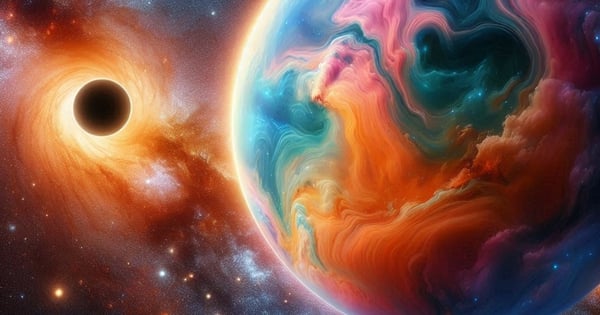

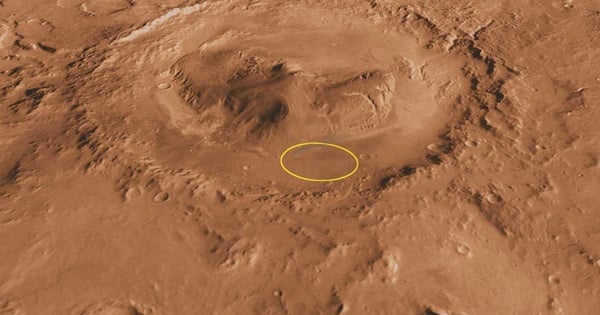
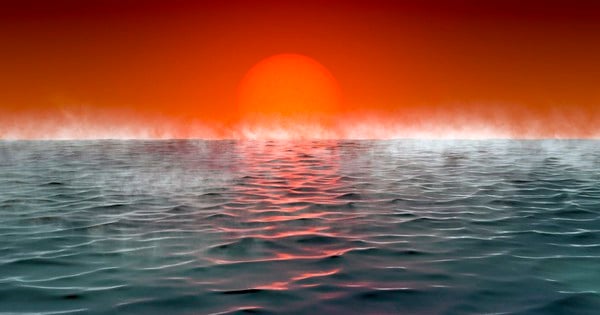
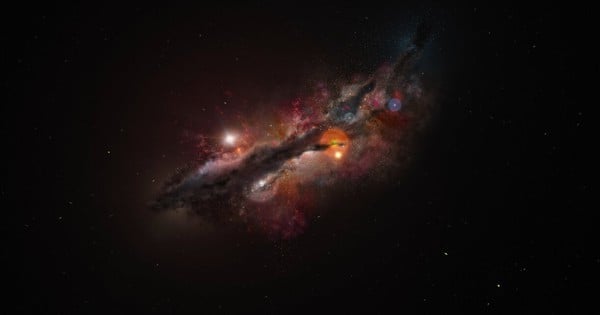











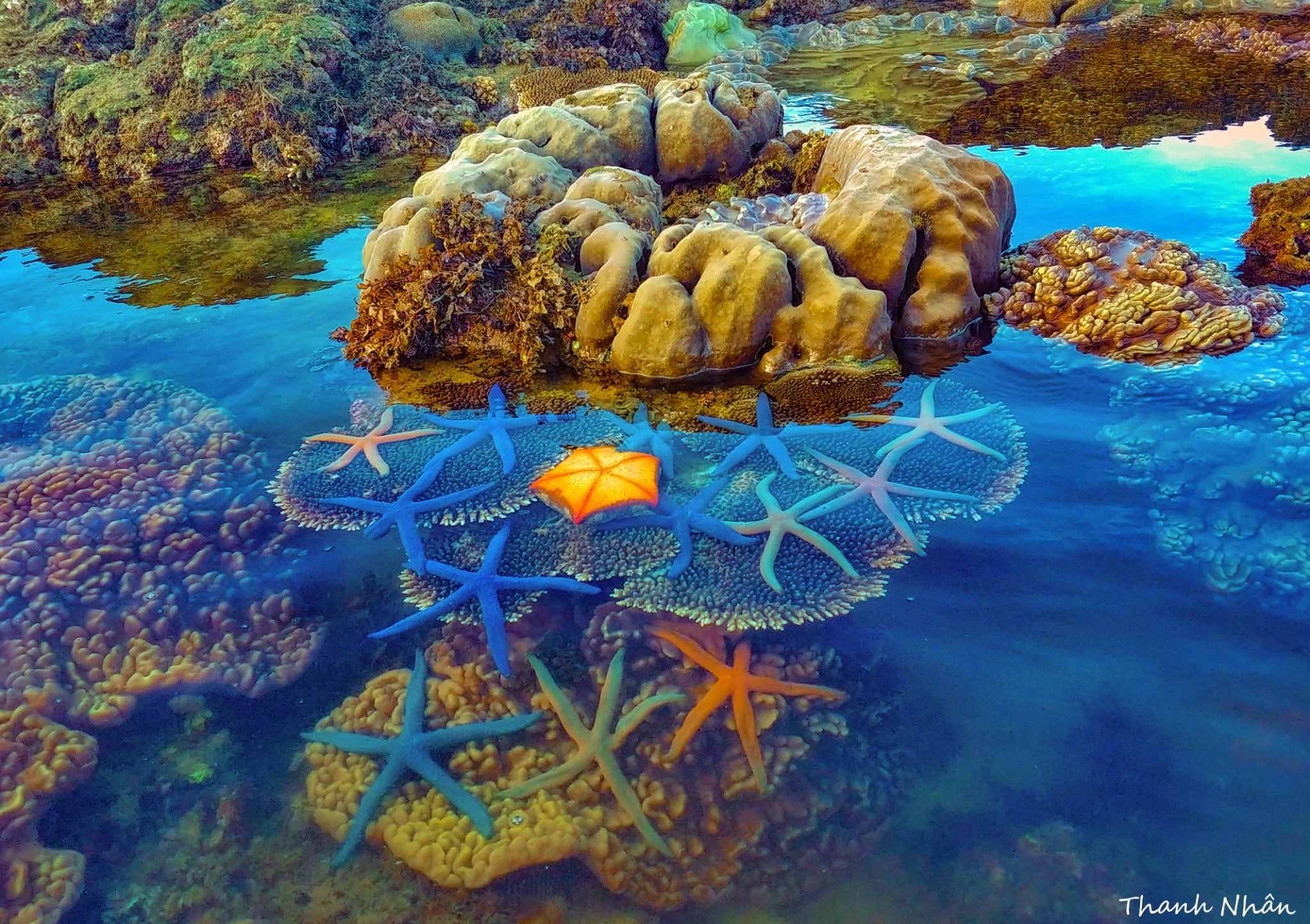





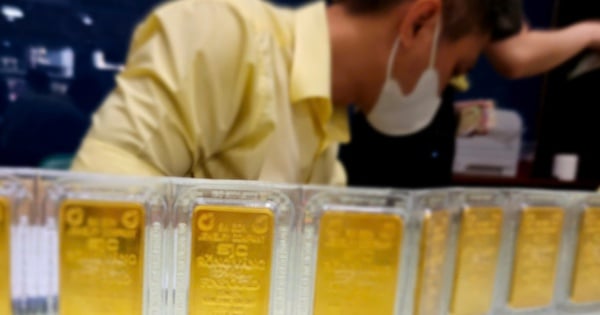
![[Photo] Prime Minister Pham Minh Chinh chairs conference to review the implementation of Resolution No. 18-NQ/TW](https://vstatic.vietnam.vn/vietnam/resource/IMAGE/2025/4/14/dcdb99e706e9448fb3fe81fec9cde410)































































Comment (0)